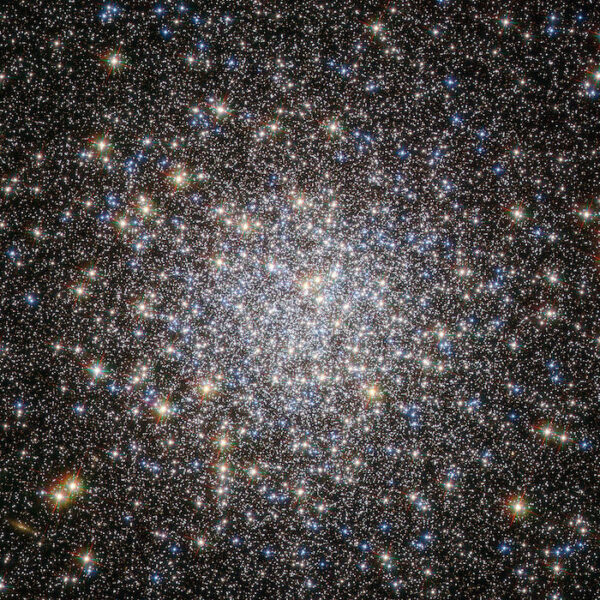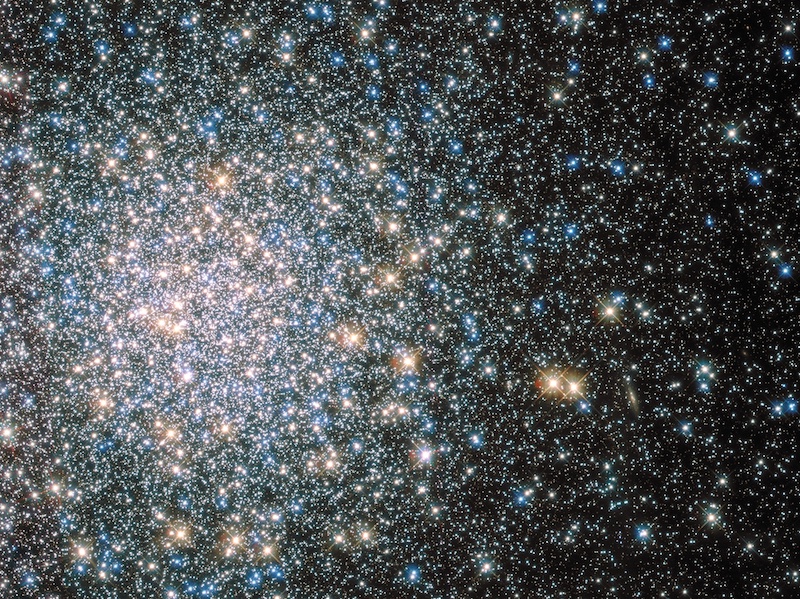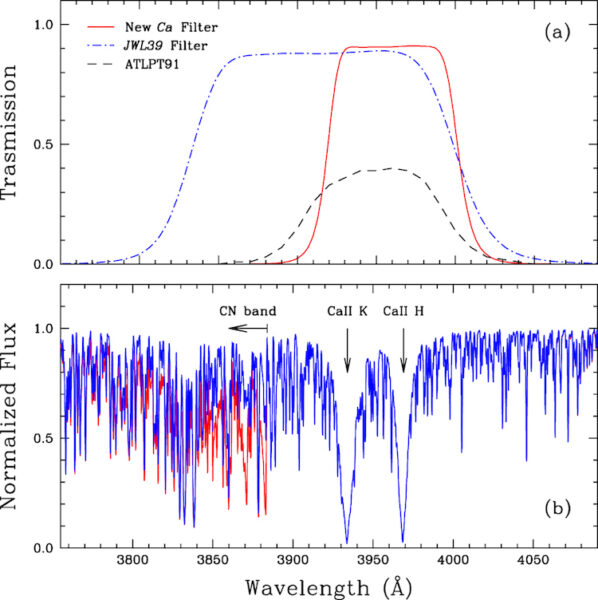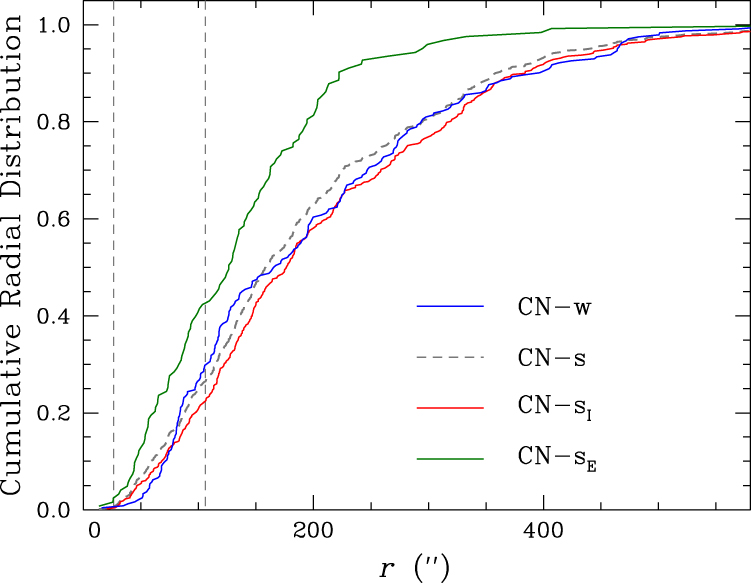A new study uses precise measurements of chemical elements to explore the formation history of one of the oldest globular clusters in the Milky Way.

ESA / Hubble / NASA
New Understanding of Old Objects
Early theories suggested that all the stars in a globular cluster form at the same time from the same material, resulting in a single stellar population that is chemically identical. However, more recent work has found that some stars in globular clusters show signs of chemical evolution, hinting that they formed from gas enriched by previous generations of stars.
In order to learn more, we need to measure the chemical abundances of hundreds of cluster stars. Performing this chemical tagging is challenging — detecting subtle enhancements in elemental abundances requires precise measurements, and the usual methods have serious drawbacks. Spectroscopy is a powerful tool for determining chemical abundances, but spectra of stars so densely packed are often contaminated. Broadband photometry, on the other hand, doesn’t suffer from contamination but isn’t sensitive enough.

NASA / Hubble Space Telescope / ESA
Hundreds of Stellar Measurements
Jae-Woo Lee (Sejong University, South Korea) approached this problem by developing a new photometric system to measure chemical abundances in closely spaced stars. Lee’s system of narrow-band filters is designed to capture the absorption bands of the molecules CN, CH, and NH, which are important for determining the abundances of carbon and nitrogen.
Lee applied this photometric system to 842 red giant stars in Messier 5, a globular cluster in the Milky Way that is estimated to be more than 12 billion years old. Previous studies of this cluster suggested that it is home to two populations of stars, one of which is enhanced in nitrogen.

Lee / Astrophysical Journal 2017
Application of the new photometric system revealed that Messier 5 is composed of not two but three stellar populations. The more precise photometry revealed that the nitrogen-enhanced population is really two separate populations that differ in both their level of carbon depletion as well as their distribution within the cluster. What does the presence of multiple stellar populations mean for the formation of Messier 5?
Three Stages of Formation
This result suggests that the stars in Messier 5 formed in several stages rather than all at once. The author suggests that the nitrogen-normal population is likely made up of first-generation globular cluster stars, while the nitrogen-enhanced populations formed later.

Lee / Astrophysical Journal Letters 2021
Specifically, Lee argues that the centrally concentrated population likely formed in the dense inner regions of the cluster after the original highest-mass stars exploded as supernovae, while the more evenly distributed population formed somewhat later out of gas containing smaller amounts of recycled supernova material. This hypothesis explains the distributions of the two populations as well as their chemical abundances.
Hopefully, this method can be used to search for multiple stellar populations in many other globular clusters — clearly, these objects aren’t as simple as they seem!
Citation
“Formation of Multiple Populations of M5 (NGC 5904),” Jae-Woo Lee 2021 ApJL 918 L24. doi:10.3847/2041-8213/ac1ffe
This post originally appeared on AAS Nova, which features research highlights from the journals of the American Astronomical Society.
 0
0









Comments
You must be logged in to post a comment.